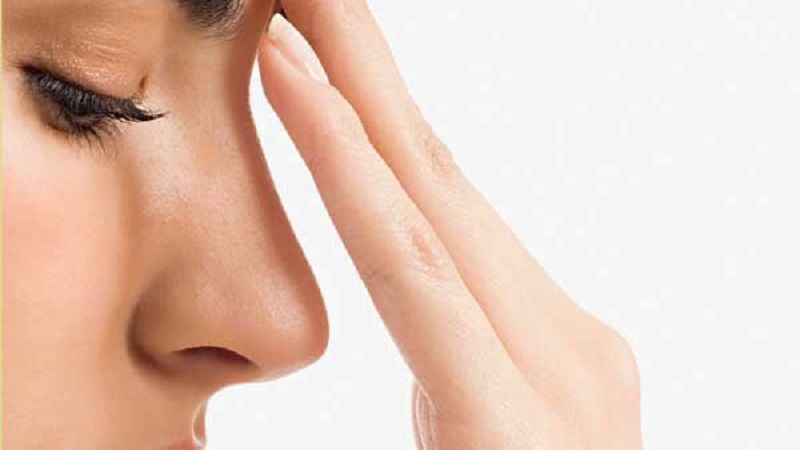Lowering the head after rhinoplasty
Nose surgery or رینوپلاستی It is one of the most common cosmetic surgeries performed to improve the shape and function of the nose. Post-surgery care plays a very important role in recovery and final results. One of the most important recommendations after nose surgery is to avoid lowering the head. This article examines the complications of lowering the head after nose surgery and the reasons for the importance of this advice.
1.. Increase in inflation
۱.۱. The effect of gravity
Lowering the head after nose surgery increases blood flow to the head and face area. This happens due to the effect of gravity, which pulls more blood towards the nose and its surrounding areas.
۱.۲. Increased blood pressure in the surgical area
More blood flow to the nose area and its surroundings leads to an increase in local blood pressure. This extra pressure can cause more swelling and a longer recovery period.
2.. Increased bruising
۲.۱. Accumulation of blood in the surgical area
Lowering the head can lead to pooling of blood in the surgical area. This pooling of blood may cause more and more visible bruising in and around the nose.
۲.۲. Longer recovery time
More bruising can increase recovery time and expose the patient to the effects of surgery for a longer period of time.
۳. Increased risk of infection
۳.۱. Effect of blood flow on infection
Increased blood flow to the surgical area can provide a suitable environment for bacteria to grow. This condition may increase the risk of infection.
۳.۲. More inflammation
More swelling and bruising can cause more inflammation in the surgical area. Inflammation can suppress the immune system and increase the chance of infection.
4.. Damage to the sutures and internal structures of the nose
۴.۱. Increased pressure on the stitches
Lowering the head can put more pressure on the sutures and internal structures of the nose. This extra pressure may damage the stitches and cause them to come undone.
۴.۲. Deformation of nasal structures
Excess pressure and blood accumulation can cause unwanted deformation of the internal structures of the nose. This deformation can affect the results of surgery and increase the need for re-surgery.

Official page اینستاگرام Dr Behnam khorami (Best of nose surgery) follow the.
5. Delay in recovery
۵.۱. Longer recovery time
More swelling, bruising, and inflammation can prolong recovery time and make the patient more uncomfortable..
۵.۲. More discomfort
Lowering the head may cause more discomfort and pain in the surgical area. This discomfort can reduce the patient's quality of life during the recovery period.
۶. Changes in intracranial pressure
۶.۱. Effect of gravity on intracranial pressure
Lowering the head can increase intracranial pressure. This increased pressure may exacerbate symptoms such as headaches and dizziness.
۶.۲. Effect on nerves
Increased intracranial pressure can affect nerve function and cause symptoms such as weakness and numbness in the face..
۷. psychological effect
۷.۱. Anxiety and stress
Worrying about delayed recovery and the possibility of needing a repeat surgery can increase anxiety and stress in the patient.
۷.۲. Decreased self-confidence
Complications caused by lowering the head and their effect on surgical results can decrease the patient's self-confidence.
Conclusion
Lowering the head after rhinoplasty can have serious and unwanted side effects. These complications include increased swelling, bruising, risk of infection, damage to the sutures and internal structures of the nose, delay in the healing process, changes in intracranial pressure, and psychological effects.. Therefore, it is very important to follow the surgeon's recommendations and avoid lowering the head after rhinoplasty. Following these recommendations will help the patient recover faster and better and achieve the desired surgical results.
Useful links: Isfahan nose surgeon _ Jaw surgeon of Isfahan
Dr. Behnam Khorrami's page in the clinic 24 | Maxillofacial surgeon in Isfahan clinic 24 | Nose surgeon in Isfahan clinic 24
Dr. Behnam Khorrami, nose surgeon in Isfahan at Dr. Af | Maxillofacial surgeon in Isfahan at Dr. Af | Isfahan nose surgeon at Dr. Af
Suggested contents of Dr. Behnam Khorrami's website (Best of nose surgery – Jaw surgeon of Isfahan):
An overview of the types of anesthesia for nose surgery
Different types of bone nose surgery